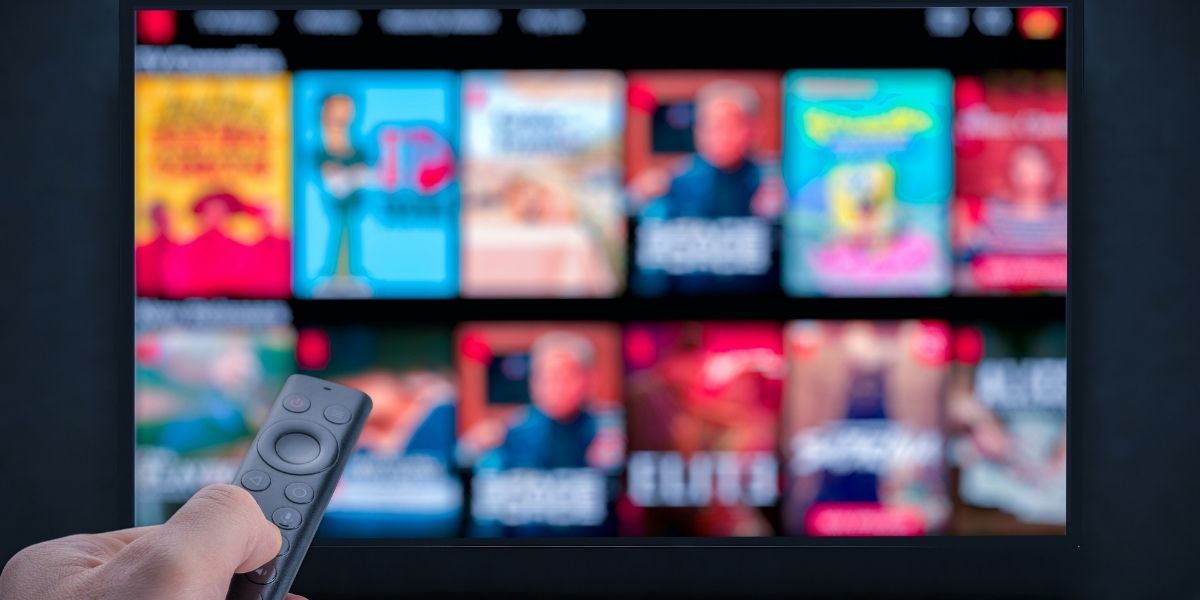Manufacturing has once again risen to prominence as a powerhouse in the modern economy. Advances in technology, evolving workforce dynamics, and strategic policy interventions have revitalized the sector, transforming it into a hub of innovation and resilience. This article explores the critical subtopics that illustrate the resurgence of manufacturing and its growing influence on the global stage.
The Role of Technological Advancements
Technology is at the core of modern manufacturing’s transformation, driving efficiencies, enhancing product quality, and creating new opportunities for growth.
Artificial Intelligence (AI) and Automation
AI and automation have become integral to manufacturing processes. From predictive maintenance to real-time quality assurance, AI-driven technologies are reducing downtime, minimizing errors, and enhancing operational efficiency. Robotics and automated systems are enabling manufacturers to achieve unprecedented levels of precision and scalability.
Industry 4.0 and Smart Manufacturing
The concept of Industry 4.0, characterized by interconnected systems, cyber-physical setups, and IoT (Internet of Things) applications, is reshaping the manufacturing landscape. Smart factories equipped with sensors and real-time analytics allow manufacturers to make data-driven decisions, optimize processes, and swiftly adapt to market demands.
3D Printing and Additive Manufacturing
The advent of 3D printing has revolutionized prototyping and production. By enabling rapid design iterations, custom manufacturing, and reduced material waste, additive manufacturing is shortening the time-to-market for new products while allowing for increased innovation.
Workforce Dynamics in Modern Manufacturing
The modern manufacturing workforce faces unique challenges and opportunities as technology changes the nature of work in the sector.
Skilled Labor Shortages
Despite advancements, the manufacturing industry is struggling to fill skilled labor positions. An aging workforce, coupled with a lack of interest from younger generations, has led to talent shortages. To address this, companies are investing in apprenticeship programs, reskilling initiatives, and marketing campaigns to rebrand manufacturing careers as dynamic and rewarding.
Human-Robot Collaboration
Collaborative robots, or cobots, are becoming commonplace in manufacturing facilities. These machines work alongside human employees to perform complex tasks, boosting productivity while enhancing workplace safety. Cobots exemplify the synergy between human ingenuity and machine precision.
Building Supply Chain Resilience
Supply chain resilience has become a top priority for manufacturers, especially in the wake of global disruptions.
Nearshoring and Reshoring Trends
Manufacturers are increasingly relocating production closer to end markets. Nearshoring and reshoring strategies help reduce dependency on distant suppliers, minimize risks from geopolitical tensions, and ensure quicker turnaround times. These trends are fostering regional manufacturing hubs and boosting local economies.
Digital Supply Networks
The integration of digital technologies into supply chain management is enabling manufacturers to track resources in real time, optimize logistics, and predict disruptions. Advanced analytics and AI-powered tools are providing manufacturers with the flexibility needed to adapt to changing market conditions.
The Shift Toward Sustainable Manufacturing
Sustainability is now a critical focus area for manufacturers, driven by regulatory requirements, consumer expectations, and environmental considerations.
Environmental Considerations
Manufacturers are adopting eco-friendly practices, such as using renewable energy, reducing emissions, and managing waste responsibly. These initiatives not only contribute to environmental conservation but also enhance brand reputation and customer loyalty.
Circular Economy Models
Circular economy principles are gaining traction in manufacturing. By emphasizing recycling, remanufacturing, and product life extension, manufacturers are reducing resource consumption and minimizing their ecological footprint. This shift aligns with global sustainability goals and paves the way for a greener future.
Policy and Economic Influences
Government policies and economic factors are playing pivotal roles in shaping the trajectory of modern manufacturing.
Government Initiatives
Programs such as the Infrastructure Investment and Jobs Act (IIJA) and the CHIPS Act in the United States are spurring innovation and investment in the manufacturing sector. These initiatives aim to enhance competitiveness, improve infrastructure, and promote technological advancements across industries.
Trade Policies and Tariffs
The impact of trade policies on manufacturing cannot be overstated. Tariffs, trade agreements, and geopolitical strategies influence production locations, supply chain configurations, and cost structures. Navigating these dynamics requires strategic planning and flexibility.
The Emergence of Advanced Materials and Processes
Innovations in materials and manufacturing processes are opening new possibilities for industrial applications.
Advanced Composites
The development of advanced composites is enabling the creation of lighter, stronger, and more durable products. These materials are particularly valuable in industries such as aerospace and automotive, where performance and efficiency are critical.
Sodium-Ion Batteries
Emerging battery technologies, like sodium-ion batteries, are offering alternatives to traditional lithium-ion batteries. These innovations promise to reduce dependency on specific raw materials while providing enhanced energy storage solutions, further bolstering the renewable energy sector.
Global Competition and Geopolitical Dynamics
The competitive and geopolitical landscape significantly influences the strategies and performance of manufacturing industries worldwide.
US-China Technological Rivalry
The rivalry between the United States and China in areas such as semiconductor manufacturing and advanced technologies has heightened global competition. Both nations are investing heavily in R&D to secure leadership in key industrial domains.
Economic Strategies of Major Economies
Countries like China are implementing top-down economic plans to strengthen their manufacturing sectors. These strategies include investments in industrial supply chains, advanced technologies, and workforce development to enhance global competitiveness.
The Future of Manufacturing as a Powerhouse
The resurgence of manufacturing as a powerhouse is not just a trend but a reflection of its adaptability and potential in the modern era.
Opportunities for Growth
The convergence of technology, sustainability, and globalization is unlocking new growth opportunities for manufacturers. Smart factories, AI-driven innovations, and advanced materials are setting the stage for transformative breakthroughs.
Challenges to Overcome
Despite its progress, the manufacturing sector faces hurdles such as talent shortages, geopolitical uncertainties, and the need for ongoing digital transformation. Addressing these challenges will require collaboration between industry leaders, governments, and educational institutions.
Manufacturing is undeniably reclaiming its position as a cornerstone of the modern economy. Through technological innovation, sustainable practices, and strategic policy support, the sector is demonstrating resilience and adaptability. As manufacturers continue to navigate challenges and seize opportunities, they are poised to drive economic growth, create jobs, and shape the future of global industry. The ongoing evolution of manufacturing is not only redefining how products are made but also reinforcing its role as a powerhouse in the modern world.









